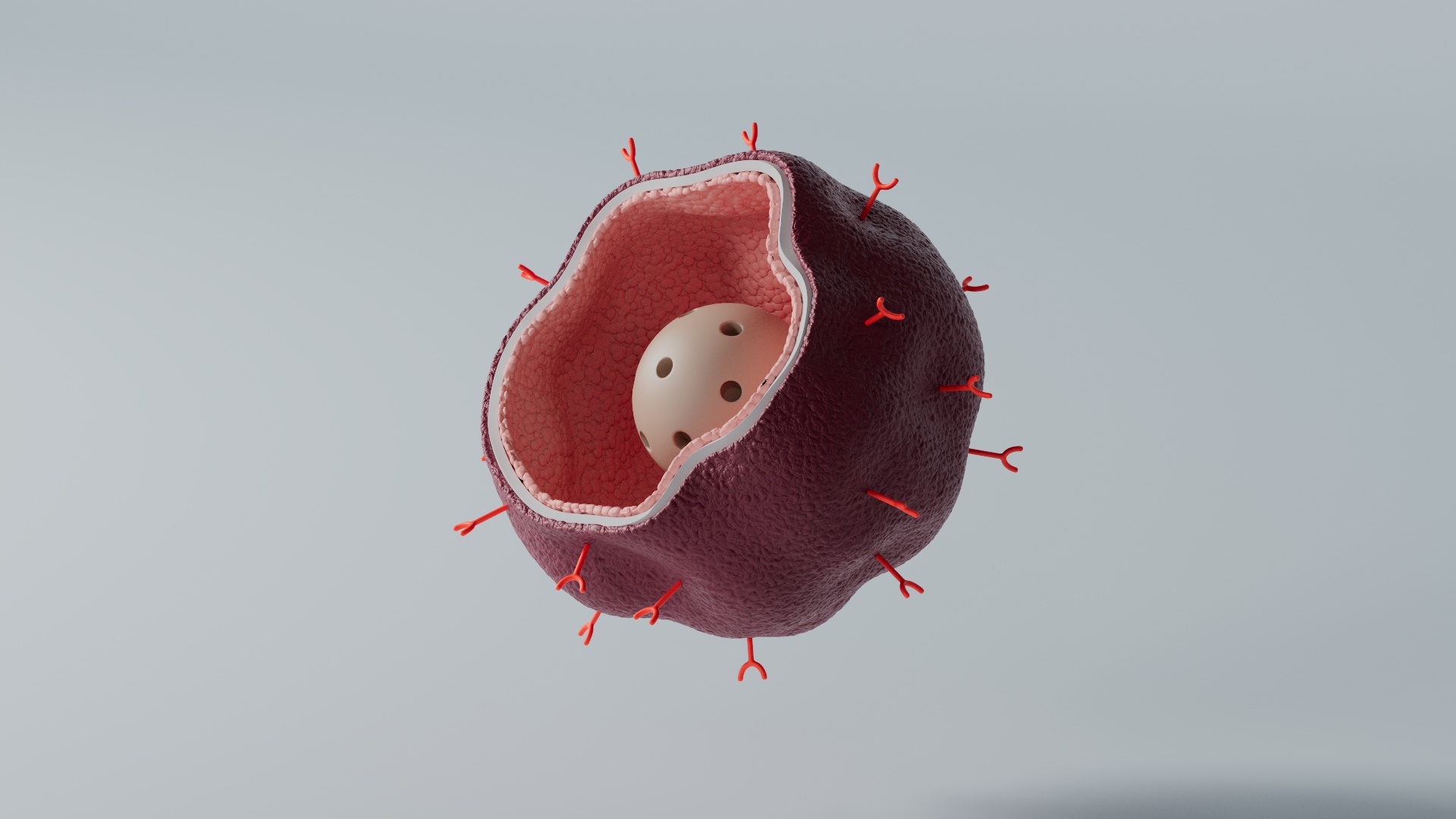Our Science Explained

Plixorafenib is a small molecule that exclusively targets cancer cells with a mutated BRAF gene. When a BRAF gene mutation occurs, it can cause uncontrolled cell growth which can lead to the formation of tumors. Unlike conventional chemotherapy, plixorafenib targets only these mutated, cancer-causing cells, sparing healthy cells and allowing for a far less invasive treatment.
How cancer works
Cancer occurs when cells in the body grow and spread uncontrollably. Our bodies contain trillions of cells, which naturally grow and multiply throughout our lives. As cells age or become damaged, they die and are replaced by new cells. Sometimes this process becomes disrupted, and damaged or abnormal cells may multiply uncontrollably and create a tumor. While some tumors are benign, others are cancerous and pose a threat of spreading and metastasizing throughout the body. Our body’s ability to rid itself of damaged cells begins to diminish as we age, which is why we have a higher risk of cancer late in life.
Our target cancers
Our first goal is to clinically advance plixorafenib (formerly PLX-8394) to treat both V600 and non-V600 BRAF mutations, with annual addressable patient population of about 16,000 who have limited effective treatment options for their cancers.
BRAF gene mutations
Our cells’ BRAF gene contains instructions for making BRAF proteins, which work alongside other proteins to transmit chemical signals from outside the cell into the cell’s nucleus. This signal tells the cell when it’s time to grow and divide. When the BRAF gene changes or mutates, it can cause the BRAF protein to leave this signal on, which can lead to uncontrolled cell growth and potentially cause a tumor to form.
